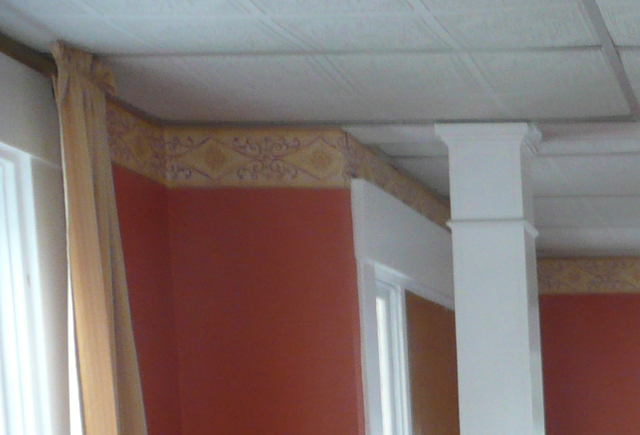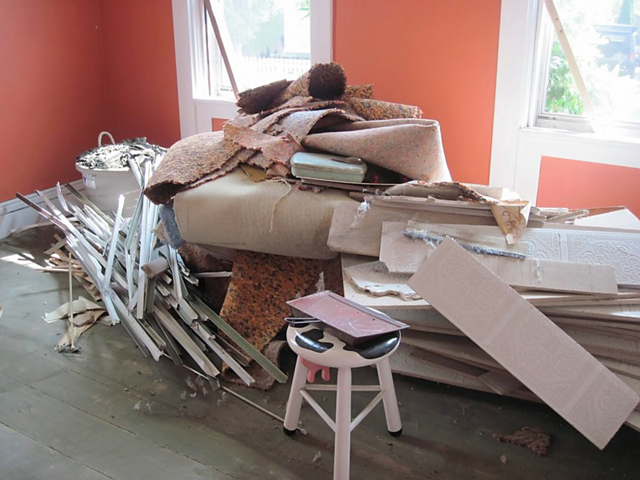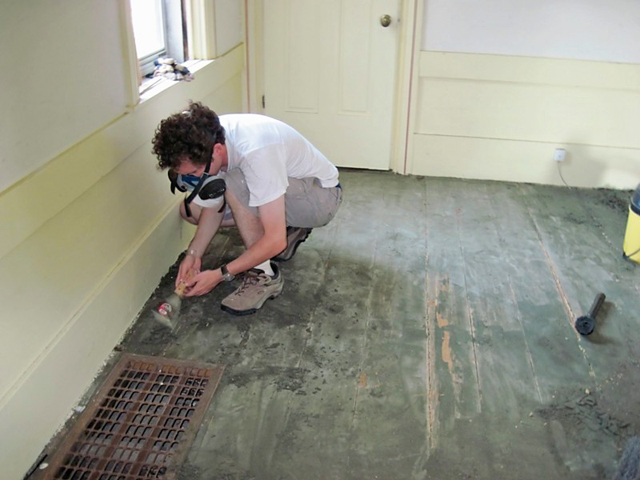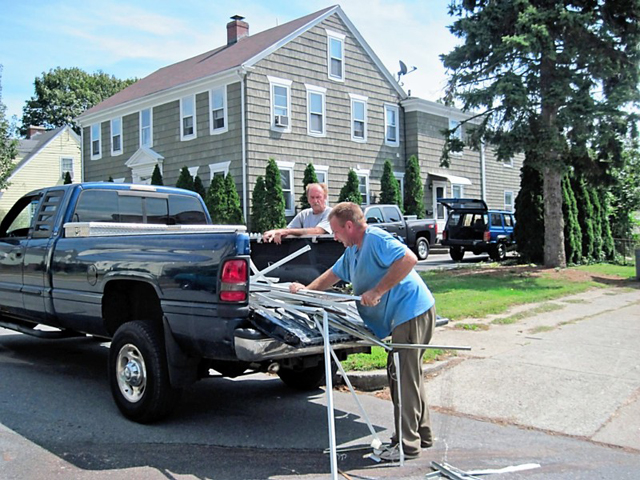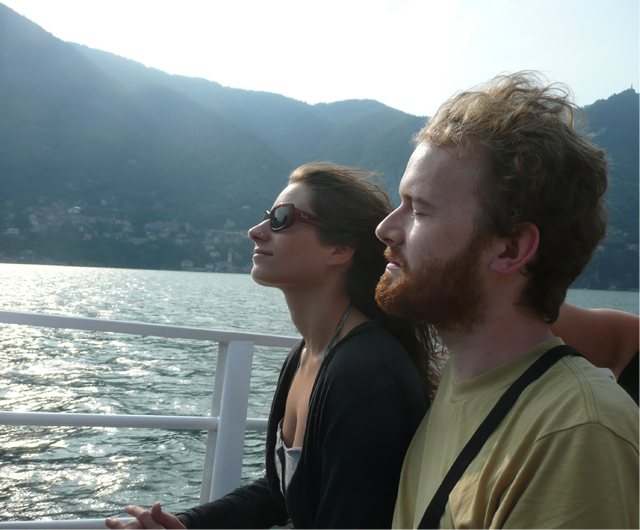Long, long overdue (my fault, not Greg's), this is the next installment of my friend Greg's saga of home ownership in rural Colombia; heavy on words and without pictures, it is a fascinating read that needs no embellishment. I hope you enjoy it as much as I do. To check out the preceding posts, go
hereand
here.
Greg begins:
Our contact for the house purchase was one Doña Marta. It seems that her family has long been one of the leading lights of our town, but she is one of only two siblings that remain in Alto Macondo. One brother became the Archbishop of Arauca, on Colombia's hot, wild plains, one left to work in Bogota or Tolima (I'm not sure which), and the remaining brother taught music or something in our city.
None of the siblings had lived in the house for years. Their father died long ago, while their ailing mother held on until 2008 or so, occupying one dark, lonely room of the sprawling house. The horrid new bathroom had been built in the middle of the main patio so it would be nearby and accessible from her bedroom. The mother was attended by a team of nurses of questionable scruples, if Doña Marta is to be believed. The hired nurses had on different occasions left work early and even taken things from the decaying house. It's so hard to find good help these days...
I'm not sure how long the house had been up for sale before we expressed interest. Doña Marta seemed in a hurry to get rid of it, and kept trying to rush us along through the purchase, always claiming to have recently spoken to other very interested buyers.
Doña Marta was a well-kept woman of about sixty years of age. She had surely been a coveted young lady in the past, and she still maintained an air of elegance and coquetry that corresponded more to her family's good name than to her current profession as a school social worker. Her husband was a gym teacher at the same school, and her daughter was involved in local right-wing politics. During the few months I was in contact with Doña Marta as we finalized the house purchase, we usually met in her large office at one of our town's immense public schools. We were often interrupted by kids tattling on one another, or calls about the supposed electoral fraud in her daughter's party's primaries.
Beyond her elegance and gracious bearing, Doña Marta bore many of the stereotypical cultural quirks of our region, Boyaca. She was not very up-front or direct, despite her frequently calling attention to her trustworthiness and honesty. In one of our very first meetings, before my wife and I had even committed to buying the house, Marta took me aside and told me that the sale price was 90 million pesos, but that she'd appreciate if we officially billed it at 85 million and gave 5 million directly to her, since it was she and not her brothers who was managing the whole affair.
Having grown up in the US, where we insist on an air of formality and expert assessments (even when we're committing massive financial fraud!), I wanted to get an official assessment of the house value, to see if the asking price was appropriate. But I ran into a number of problems. Above all, appraisers here in Colombia are mainly set up to evaluate relatively new houses. For them an old house is just a potential teardown, to make way for new, ugly apartment blocks. The major banks to which most appraisers are attached don't even offer mortgages for purchasing older houses. If we wanted a loan to fix up this regal, Republican-style house, it would have to be at the exorbitant “general investment” interest rate ascribed to commercial projects. The Colombian government has recently instituted some very attractive subsidized loans for people to buy their own house, but these too only apply to new construction.
So in the end, instead of getting an expensive appraisal from someone unqualified to assess or appreciate the value and the problems with old houses, I had a friend look at the house and give me a general idea of what shape it was in. His name is Don Antonio, and he is a constructor specializing in traditional techniques of our region. A few months before he'd built a reproduction of a Muisca hut for the museum my wife works at. His excellent management of mud, rough-hewn wood, braided artisanal rope (no nails were used in the hut), and thatching made me trust him and want him as the chief contractor for our own house project.
Don Antonio thought that the price was right for the house. My mother was obsessed with termites, which are a dealbuster for the typical wood-frame houses of the US. Here in Colombia termites are a perennial problem (in our cool climate a bit less so than in the hot regions), since there's never a killing frost as we have every year in the States. Many people treat their house's wood, both indoor and outdoor, with highly toxic mixes of tar, diesel fuel, and agricultural insecticides. This is illegal in Colombia as in the US, but it's very common anyway. As for our future house, the walls were built of solid adobe, while much of the roof and floor wood had already been destroyed and subsequently abandoned by termites and mold. We would be totally replacing all the wood, and in the process treating it with less-toxic substances, so I wasn't really worried about the termite issue.
My mother had graciously offered to give us money to cover a good part of the house's purchase price, but it wouldn't be arriving until a CD came due in a few months. That is to say that it was February when we started talking with Doña Marta about buying the house, but we wouldn't have the money to do so until May. Marta, in her suspicious Boyaca manner, was afraid that we'd string her along for a few months and then back out of the deal. She wanted guarantees, which normally in Colombia are established through an official document called the Purchase Agreement. Such an agreement consists in a partial payment of the final purchase price, with a schedule established to pay the rest and finalize the sale. But it requires all parties to sign, which in Marta's case meant she'd need notarized powers of attorney in order to sign for her siblings that didn't live in our town. She didn't like this idea much. Couldn't we just settle a bit less formally? It was such a hassle to get her busy brothers to go to the notary in their towns. Didn't we trust her? She'd been very trusting with us, and was hurt that we didn't trust her more. This was the type of logic employed by Colombia's rule-bending, personality cult then-president, Alvaro Uribe. My wife and I kept insisting on going the formal, legal route, and a few hours after a small phone tantrum, Doña Marta called us back to agree. Surely she'd consulted with her husband or someone who made her understand that legal documents are a way of securing guarantees, and not some disrespectful lack of trust.
For a few weeks it seemed like we would repeatedly come to an agreement with Marta about how to proceed with the sale, only to have her call us the next day to renege, always claiming that her brothers weren't comfortable with whatever we'd agreed. It tried my patience and diplomacy, and my wife soon declared herself unable to deal with Doña Marta without punching her in the face, so I became the official negotiator.
Finally the truth came out. Doña Marta's brother had died some months before, so his share in the house was going through the legal inheritance process so as to pass to his two sons. It had still not been resolved, which meant we couldn't close the deal until the house was officially registered in the names of Doña Marta, her two surviving brothers, and the two children of the dead brother. I don't know what Marta had thought she might accomplish with her shady hiding of the situation from us. Did she think we'd go ahead and buy the house with a handshake, and that way avoid the legal paperwork?
They say the truth will set you free, and indeed, once we knew the real situation with the house title, we made a deal with Marta that was amenable to all parties. Basically we would pay rent for three months to have access to the house. That way Marta's family could get its administrative ducks in a row, and we could start planning our architectural intervention, without committing to buying just yet. If in three months their title issues were worked out, we'd go ahead with the purchase. If not, we'd back out, no worse for the wear save the million pesos we'd paid in rent.
I naively thought that in these three months we could get all our design plans worked out and even start on the teardown process. Because the house was in a historical landmark zone, the city planning office demanded certain things to grant us permission to rehab. We would have to present a historical summary of the house, an expert assessment of the state of preservation of the wood and adobe, a set of drawings of the house as is, and a design plan respecting the original structure and materials. I started to track down past sales documents in our city's historical archives. In the end these old deeds only went back to 1938 or so, not nearly to the house's construction date, but it was fun trying to track down the house's history.
The city archives are in a restored ex-monastery that now serves as library, grammar school, and regional offices. It's said the old place is haunted by a headless monk. It's always a pleasure to go there and look at the stonework, the frescoes of St. Augustine, the lovely cloistered garden. One can also check out the thick-walled, cramped cells from when the monastery served as a prison. When my wife was a kid, a girl disappeared from the adjacent school. She went to school one day, and simply disappeared. After a few weeks, she was found alive. She had been locked in a cell by a demented security guard, and I presume no one heard her cries. During the day she'd be drowned out by screaming schoolchildren, and at night perhaps her wails were mistaken for the moaning of the headless monk!
Anyway, after a few months of frequent, ambiguous visits to Dona Marta, it seemed like the deal would never go through. But finally all the inheritance and power-of-attorney issues got worked out, and we went one day in May to the notary office to sign everything and pay Dona Marta and her siblings (she got her 5 million pesos on the side, in cash).
The house was now ours! But what were we going to do with it?
To be continued (more punctually, I promise).





